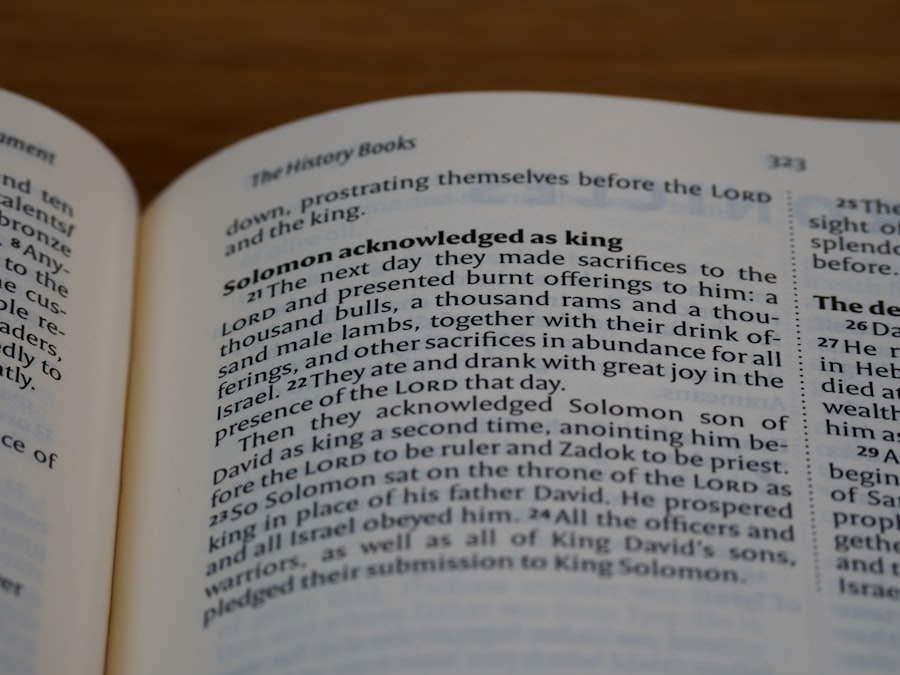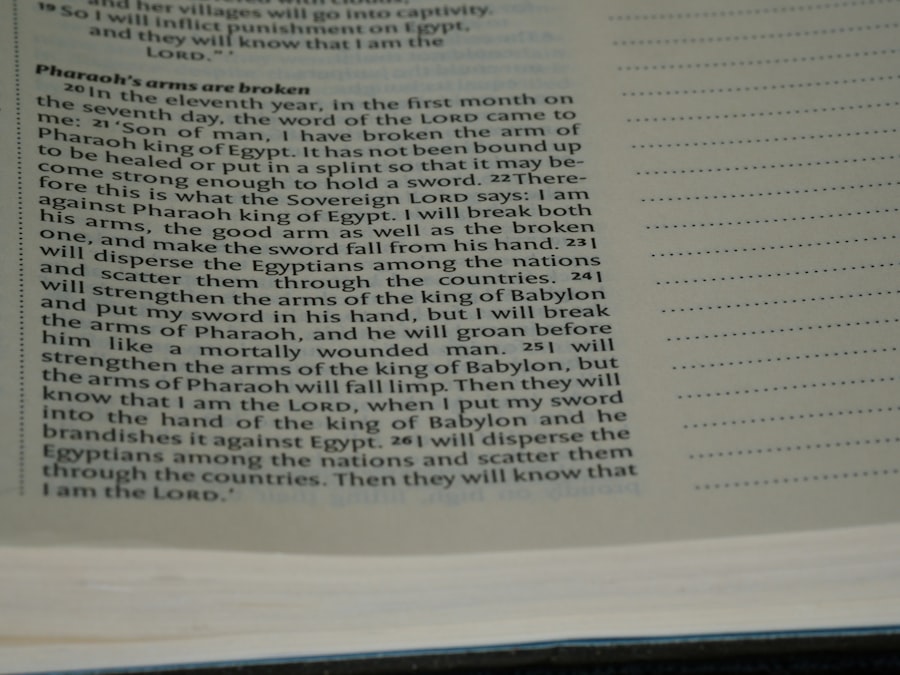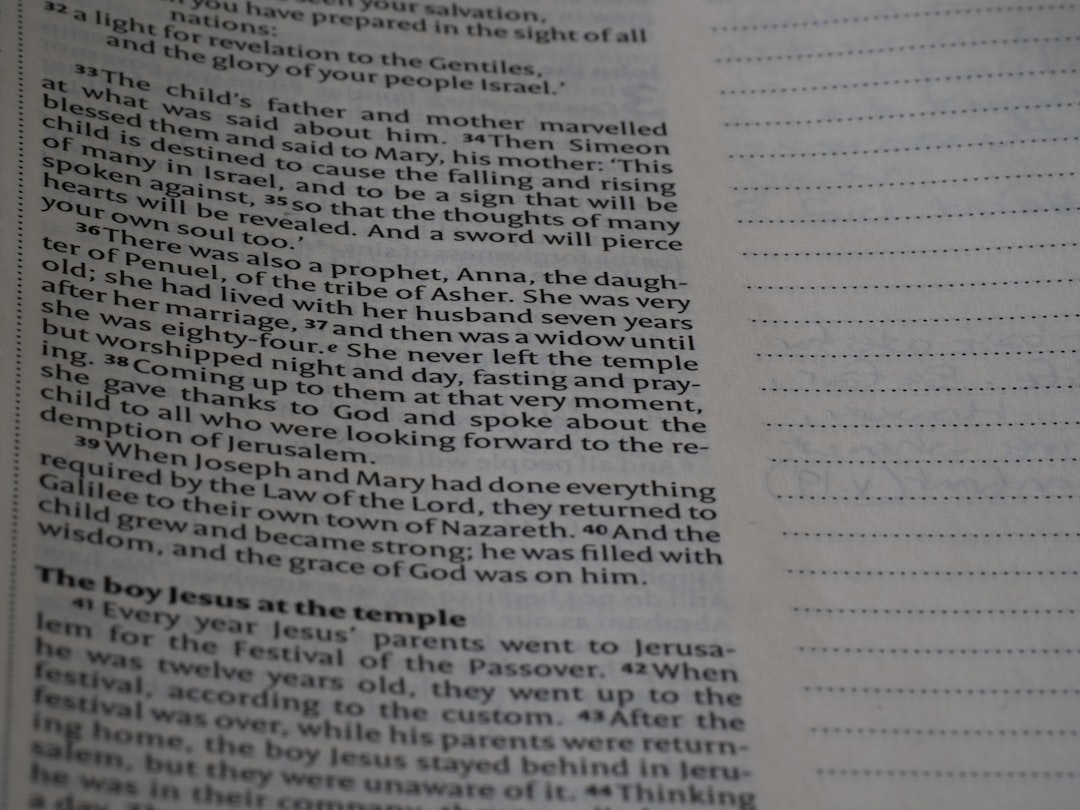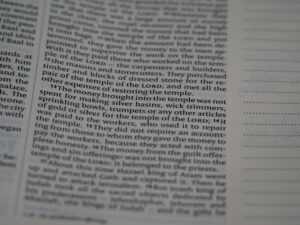The historiographical landscape of medieval India is a rich tapestry woven from diverse cultural threads, with Arabic and Persian narratives playing a pivotal role. The arrival of Islam in the Indian subcontinent, particularly from the 7th century onwards, heralded a significant transformation in the way history was recorded and interpreted. The establishment of various Islamic empires, notably the Delhi Sultanate and later the Mughal Empire, created a fertile ground for the flourishing of Arabic and Persian literature.
These languages became the medium through which scholars documented events, chronicled rulers’ reigns, and reflected on the socio-political dynamics of their times. The significance of Arabic and Persian historiography extends beyond mere record-keeping; it encapsulates the confluence of cultures, ideas, and philosophies that characterized medieval India. As Persian became the court language of many Indian dynasties, it facilitated a unique blend of indigenous traditions with Islamic thought.
This synthesis not only enriched the historical narrative but also influenced various aspects of Indian society, including art, architecture, and administration. The historiographical works produced during this period are not merely historical accounts; they are also reflections of the cultural ethos and intellectual currents that shaped the subcontinent.
Key Takeaways
- Arabic and Persian historiography played a significant role in shaping the historical narrative of medieval India.
- The influence of Arabic and Persian historiography on medieval Indian society was profound, impacting language, culture, and historical understanding.
- Notable historians such as Al-Biruni and Barani made significant contributions to Arabic and Persian historiography in medieval India.
- Themes and subjects in Arabic and Persian historiography in medieval India included political history, religious history, and cultural history.
- The impact of Arabic and Persian historiography on Indian historical writing continues to be felt, shaping the way history is understood and interpreted in India.
- The legacy of Arabic and Persian historiography in medieval India is evident in the continued influence of these traditions on historical scholarship and understanding in the region.
The Influence of Arabic and Persian Historiography on Medieval Indian Society
The impact of Arabic and Persian historiography on medieval Indian society was profound and multifaceted. These narratives provided a framework through which the complexities of governance, culture, and identity could be understood. The chronicles often served as tools for legitimizing power, as rulers commissioned historians to document their achievements and portray their reigns favorably.
This practice was particularly evident during the Mughal era, where emperors like Akbar sought to establish a narrative that emphasized their divine right to rule and their role as patrons of culture and learning. Moreover, these historical texts played a crucial role in shaping public perception and collective memory. They were not merely records for the elite; they permeated various strata of society through oral traditions and translations.
The stories of valor, wisdom, and justice found in these works resonated with common people, influencing their understanding of leadership and morality. The narratives often included moral lessons and reflections on human behavior, making them accessible to a broader audience. This democratization of history fostered a sense of shared identity among diverse communities within the subcontinent.
Notable Arabic and Persian Historians in Medieval India

Several historians emerged as prominent figures in the realm of Arabic and Persian historiography during medieval India, each contributing uniquely to the historical narrative. One of the most notable is Al-Biruni, a polymath who traveled extensively across India in the early 11th century. His work “Kitab al-Hind” (Book of India) is a seminal text that provides insights into Indian culture, religion, and science from an outsider’s perspective.
Al-Biruni’s meticulous observations and comparative analysis laid the groundwork for future scholars to engage with Indian history in a more nuanced manner. Another significant historian is Ziauddin Barani, who lived during the 14th century and served as a court historian under the Tughlaq dynasty. His work “Tarikh-i-Firoz Shahi” chronicles the reign of Sultan Firoz Shah Tughlaq and offers a critical examination of political events, social issues, and moral dilemmas faced by rulers.
His emphasis on ethical governance and accountability resonated with contemporary audiences and continues to be relevant in discussions about leadership today.
Themes and Subjects in Arabic and Persian Historiography in Medieval India
The themes explored in Arabic and Persian historiography during medieval India are diverse, reflecting the complexities of the socio-political landscape. One prominent theme is the concept of kingship and governance.
The narratives frequently depicted rulers as embodiments of justice and virtue, yet they also acknowledged the fallibility of human nature. This duality allowed historians to explore the tension between idealized leadership and the realities of political life. Another significant subject is the interaction between different cultures and religions within India.
Many historians documented the syncretic nature of Indian society, highlighting instances of cultural exchange between Hindus and Muslims. This theme is particularly evident in works like “Ain-i-Akbari,” written by Abu’l-Fazl ibn Mubarak during Akbar’s reign. The text not only details administrative practices but also emphasizes Akbar’s policy of religious tolerance and his efforts to foster harmony among diverse communities.
Such narratives contributed to a broader understanding of India’s pluralistic identity, challenging monolithic interpretations of its history.
The Impact of Arabic and Persian Historiography on Indian Historical Writing
The influence of Arabic and Persian historiography extended beyond its immediate context, leaving an indelible mark on Indian historical writing as a whole. The methodologies employed by these historians—such as critical analysis, narrative structure, and attention to detail—set new standards for historical scholarship in India. Their works inspired subsequent generations of historians to adopt similar approaches, leading to a more rigorous examination of sources and events.
Furthermore, the integration of Arabic and Persian historiographical traditions into regional narratives enriched local histories. Scholars began to draw upon these influences while documenting their own communities’ pasts, resulting in a more interconnected historiographical tradition across different linguistic and cultural contexts. This cross-pollination fostered a sense of continuity in historical writing that transcended individual dynasties or regions, creating a more cohesive understanding of India’s past.
The Legacy of Arabic and Persian Historiography in Medieval India

The legacy of Arabic and Persian historiography in medieval India is enduring, shaping not only historical scholarship but also cultural identity. The narratives produced during this period continue to be studied for their literary merit as well as their historical significance. They serve as vital resources for understanding the complexities of medieval Indian society, offering insights into political dynamics, cultural exchanges, and social structures.
Moreover, these historiographical traditions have influenced contemporary discussions about identity and heritage in India. As scholars revisit these texts, they uncover layers of meaning that resonate with modern audiences grappling with questions of pluralism and coexistence. The themes explored by medieval historians—such as governance, justice, and cultural interaction—remain relevant today as societies navigate their own historical legacies.
In conclusion, Arabic and Persian historiography in medieval India represents a rich intellectual tradition that has left an indelible mark on the subcontinent’s historical narrative. Through their works, historians not only chronicled events but also engaged with broader philosophical questions about power, morality, and identity. Their contributions continue to inspire scholars and inform contemporary understandings of India’s diverse past.
One interesting article related to Arabic and Persian Historiography in Medieval India can be found at this link. This article delves into the challenges faced by civilizations in terms of communalism, secularism, and nationalism, which could have influenced the historical narratives and perspectives recorded by Arabic and Persian historians during that time period.
FAQs
What is Arabic and Persian historiography?
Arabic and Persian historiography refers to the writing and study of history in the Arabic and Persian languages. It encompasses the historical writings, methods, and approaches used by historians in the Arab and Persian-speaking world.
What is the significance of Arabic and Persian historiography in Medieval India?
Arabic and Persian historiography played a significant role in documenting the history of Medieval India. It provided valuable insights into the political, social, and cultural developments of the time, and also served as a means of preserving and transmitting historical knowledge.
Who were some notable historians in the field of Arabic and Persian historiography in Medieval India?
Notable historians in the field of Arabic and Persian historiography in Medieval India include Al-Biruni, Firishta, and Barani. These historians made significant contributions to the documentation and interpretation of historical events in the region.
What were the main themes and subjects covered in Arabic and Persian historiography in Medieval India?
Arabic and Persian historiography in Medieval India covered a wide range of themes and subjects, including the history of dynasties, political events, biographies of rulers and prominent figures, religious and cultural developments, and accounts of military campaigns and conquests.
How did Arabic and Persian historiography influence historical scholarship in Medieval India?
Arabic and Persian historiography had a profound influence on historical scholarship in Medieval India by shaping the methods of historical writing, influencing the perspectives of historians, and contributing to the preservation and dissemination of historical knowledge.






















+ There are no comments
Add yours